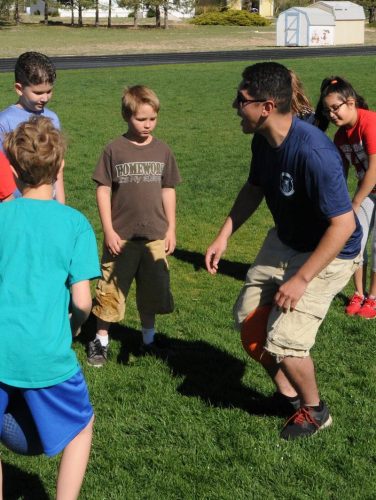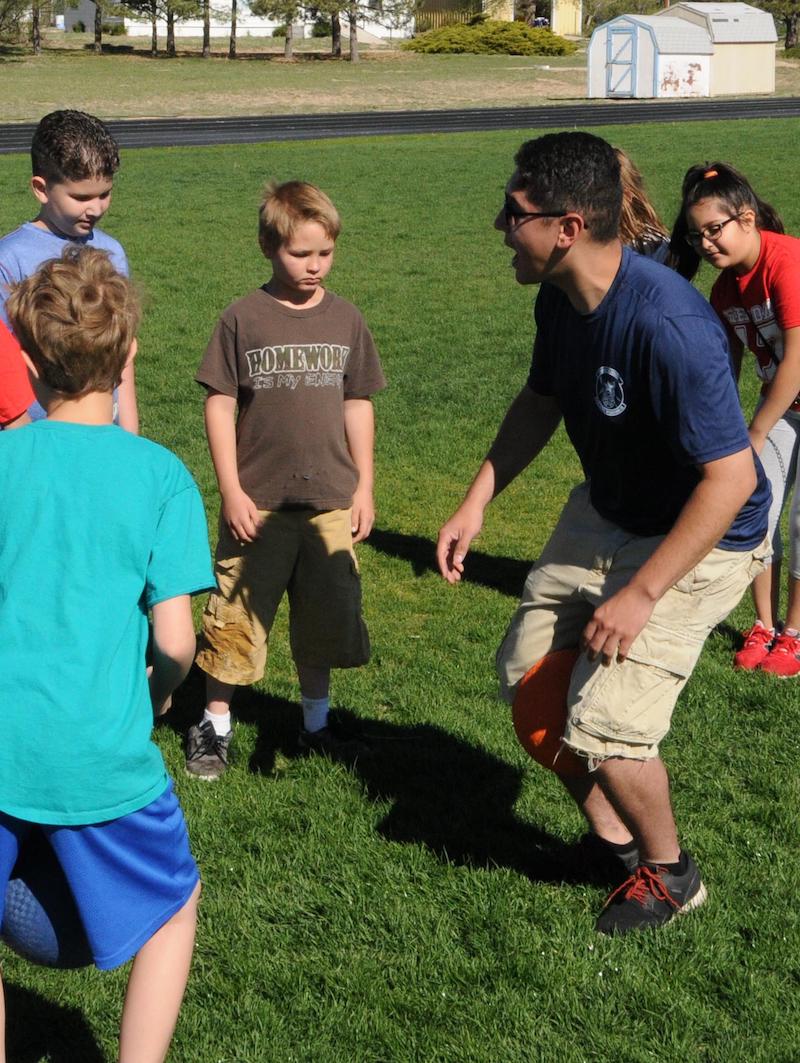The Four Elements of Universal Accessibility that Support Inclusive Physical Literacy
 In my last article, I gave concrete tips to include a young person with a functional disability in a gym. Therefore, we must not forget that the development of physical literacy can happen in so many different activities and across various environments. In this article, you will read about the four elements of universal accessibility. By working from these four elements to plan an activity, you will ensure optimal participation and inclusion of everyone! One of the important things to keep in mind with Inclusive Physical Literacy is that, while it is imperative for the involvement of young people with a disability, Inclusive Physical Literacy can be useful for everyone’s participation. If you work with a group, you will have people with different abilities and interests in front of you. Incorporating aspects of Inclusive Physical Literacy will help you motivate them and make them move and have fun.
In my last article, I gave concrete tips to include a young person with a functional disability in a gym. Therefore, we must not forget that the development of physical literacy can happen in so many different activities and across various environments. In this article, you will read about the four elements of universal accessibility. By working from these four elements to plan an activity, you will ensure optimal participation and inclusion of everyone! One of the important things to keep in mind with Inclusive Physical Literacy is that, while it is imperative for the involvement of young people with a disability, Inclusive Physical Literacy can be useful for everyone’s participation. If you work with a group, you will have people with different abilities and interests in front of you. Incorporating aspects of Inclusive Physical Literacy will help you motivate them and make them move and have fun.
Accessible architecture is not just the absence of stairs
The first thing to think about when adapting an activity is architecture. Three important elements should be considered to increase accessibility and encourage movement:
- accessibility of the venue,
- adapted equipment, and
- layout of the equipment.
Stairs often come to mind first when we talk about the accessibility of architecture. Indeed, they are a very concrete obstacle to the participation of people with a motor limitation. Obviously, the physical location of a sport or leisure activity must be physically accessible to all, whatever their abilities.
However, when we talk about inclusive physical literacy and architecture, we can also think about the material used. Make sure you have some options. For example, a person with a mobility limitation could have access to a wheelchair to participate in activities, or a lighter ball to make their participation safer. Also, textured materials are important to support the participation of people with autism. Sound equipment can be very useful for people with visual impairments. Do not forget that the material must be used and arranged so as not to interfere with participation.
Thinking about Inclusive Physical Literacy through programs and services
The activities offered may promote inclusion. When we talk about programs and services and Inclusive Physical Literacy, we talk about varied and inclusive programming.
I mentioned in the introduction about working with groups or people, and the variety of personalities and preferences that will be apparent within these groups. Some people prefer individual activities while others like to be in teams. Some feel oppressed by performance targets while others are fuelled by them. Some want to see examples while others just want to start moving right away. I am well aware that in this context, it is difficult to please everyone. By varying the ways of doing things, it reduces the chance of perpetual discouragement. Keep in mind: whichever way you choose, make sure that the participants for whom it is less suitable also maintain their motivation through individual instruction.
Communicate with all
Given that we do not all have the same sporting background and abilities, it is important to adapt our communications. This corresponds to the instructions, the time spent paying attention to the instructions, and the visual aids. For professionals who are more involved in coordination and less in intervention, it is also necessary to ensure that the information transmitted is accessible. Do not hesitate to consult the AlterGo website (link to www.altergo.ca) for more information!
Cut down your instructions so that they are as simple as possible, then proceed in steps. Concrete demonstrations can also help. Visual supports such as pictograms and images can be very useful. Be on the lookout for the reactions of your participants and dare to validate the information included with personalized work.
Awareness-raising and training, it makes the difference
Last but not least is awareness and training. It concerns your attitude and openness to the participants.
As I mentioned in my last article, there is no magic recipe for inclusion. What will make the biggest difference is being open and welcoming! Know your participants, ask questions, ask for help … it’s not magic, but everyone will benefit from this approach. Above all, see the potential of each and highlight their abilities and successes.
By making sure that the four elements of universal accessibility are taken into account in your activities, you will get closer to inclusion. You will see your participants do their best and have fun – and that is the real victory!

